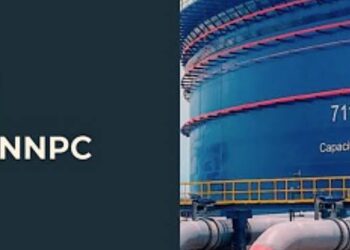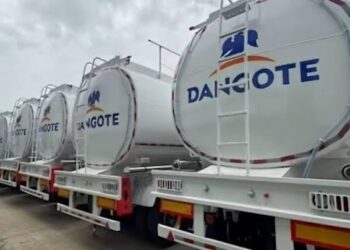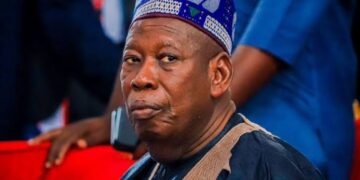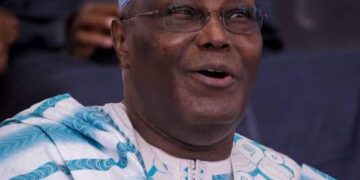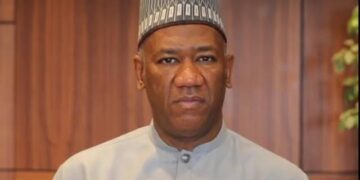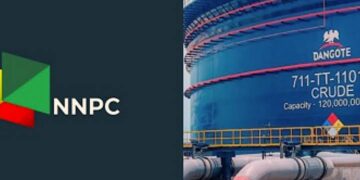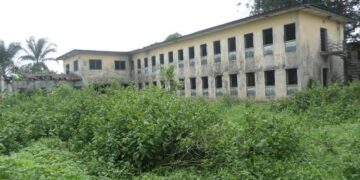The Federal Government’s new efforts to revive the once thriving textile industry may face long-standing problems such as foreign exchange shortages, mismanagement of funds, high energy costs, and lack of competitiveness.
Recently, Vice President Kashim Shettima has set up a committee tasked with drawing up a roadmap to revitalize Nigeria’s cotton and textile sector.
But before the committee was set up, the Minister of Industry, Trade and Investment, Doris Uzoka Anite, had announced that the government had allocated about $3.5 billion to work with development partners and private companies on a “revitalization programme to optimize the performance of enterprises” aimed at revitalizing the “Nigeria cotton, textile and garment industry”.
However, experts maintain that reviving the industry goes beyond just raising capital, pointing out that while funding is essential, creating a sustainable and supportive environment must be paramount.
Large-scale fiscal interventions have been undertaken in the past to revive the industry. A N100 billion intervention loan was introduced in 2009, followed by a target allocation of N255 billion in 2015 under former President Goodluck Jonathan.

The Central Bank of Nigeria (CBN) also launched a N50 billion “CBN Textile Intervention Fund” to revive the ailing textile industry in 2021.
The fund will be administered by the Bank of Industry (BoI) at an interest rate of 4.5% and will be refinanced using interest-free loan instruments approved by the CBN.
Despite these large capital injections, the industry remains in disarray with not a single fully-fledged textile company in Nigeria.
To effectively rebuild the textile sector, experts have recommended the revival of cotton cultivation and expansion of the petrochemical industry. They added that this environment should be characterized by low operating costs, long-term financing from banks, and consistent government policies that promote economic activity and job creation.
A former president of the Abuja Chamber of Commerce and Industry, Adetokunbo Kayode, said the collapse of the industry was mainly due to smuggling, failed government policies, high cost of doing business due to expensive raw materials, rising energy costs and poor investment climate in Africa and Nigeria.
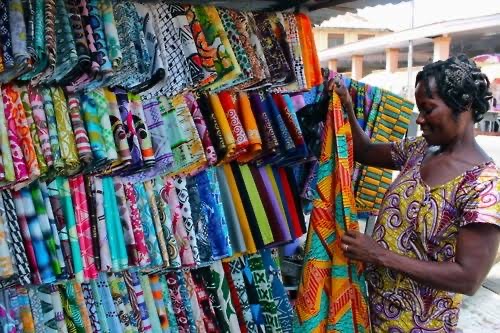
He said “For the private sector, an attractive investment climate is crucial, as it drives growth and innovation,”
He explained that Nigeria’s cotton belt, which once stretched from Funtua in Katsina State to Sokoto and stretched into Niger and Burkina Faso, has witnessed a significant decline. But with concerted efforts and clear policy direction, the agricultural base can recover, he said.
“By empowering serious private sector operators, particularly in the North-West, and providing them with the necessary resources and infrastructure, Nigeria’s textile sector could be brought back to life. With strategic planning and unwavering dedication, the country has the potential to reclaim its position as a major player in the global textile market,” he said.
Former president of the Association of National Accountants of Nigeria (ANAN) and financial analyst Samuel Nizekwe said the country’s textile sector is on the brink of collapse due to a combination of infrastructure deficit and cheap imports from Asia.
He noted that the country is wasting a lot of foreign exchange on importing textile materials, which could be avoided if the government revives the textile industry and puts an end to smuggling.
“The textile sector played an important role in the economy. It was when the sector could not stand that we started to have unemployment here and there. In those days, if you came to Lagos or even in Kano or Kaduna, you could get jobs that way in the textile industry.
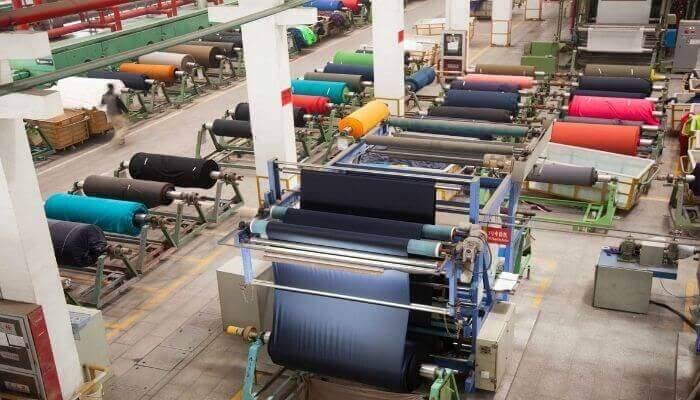
“Unfortunately, the government did not pay attention and then the issue of smuggling started and the government could not stop it because most of the materials that were brought from abroad were cheaper than the one the textiles produced in Nigeria.”
He advised the government to curb smuggling and solve insecurity and energy problems to revive the textile industry for sustainable economic development.
According to data from the National Bureau of Statistics (NBS), textile imports into the country increased in four years from N182.5 billion in 2020 to N377.1 billion in 2023.
Total textile trade during this period was N1.5 trillion, with total imports at N1.4 trillion, accounting for 96.5%. In 2019, the NBS reported that textile products worth NGN220.5 billion were imported into the country; in 2020, NGN182.5 billion; in 2021, NGN278.8 billion; and in 2022, NGN365.5 billion.
Meanwhile, textile exports (mainly cotton and apparel) during the same period reached NGN3.3 billion in 2019; NGN6.0 billion in 2020; NGN12.3 billion in 2021; NGN10.3 billion in 2022; and NGN18.8 billion in 2023.
Textile companies that experienced a golden age boom include Kaduna Textile Ltd (KTL), Arewa Textiles Plc, United Nigerian Textile Plc, Supertex, Nortex Nigerian Ltd, and Finetex Nigerian Ltd. Others include Gaskiya Textiles Mill, Kano Textile Ltd, Aba Textiles, Zamfara Textiles Ltd, Asaba Textiles Ltd, African Textile Mill Plc, Tofa Textiles and several others such as Afprint, Atlantic Textiles Mill, Spintex, 5-Stars and Speco Mills Ltd.
Around 180 textile companies were thriving but by the early 1990s, businesses started closing and the situation dwindled to almost nothing.
“There could be some subsidy or lower interest rate. Textile is a capital-intensive sector. So, the government must see how to help,” Nzekwe added.



